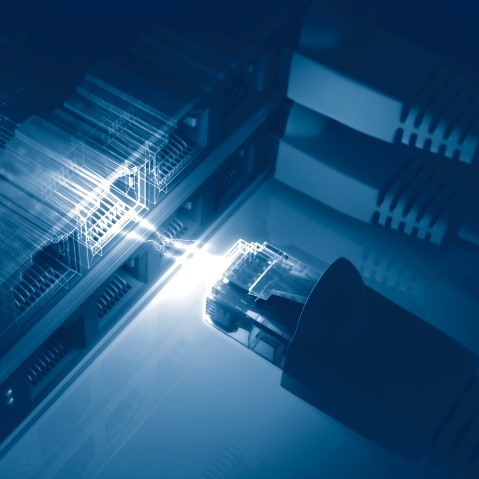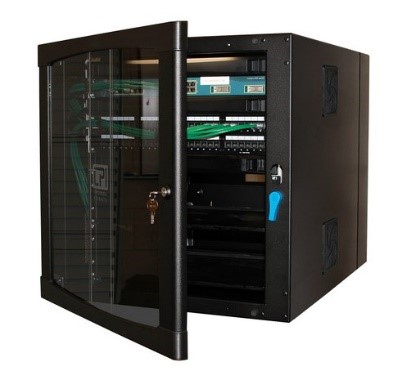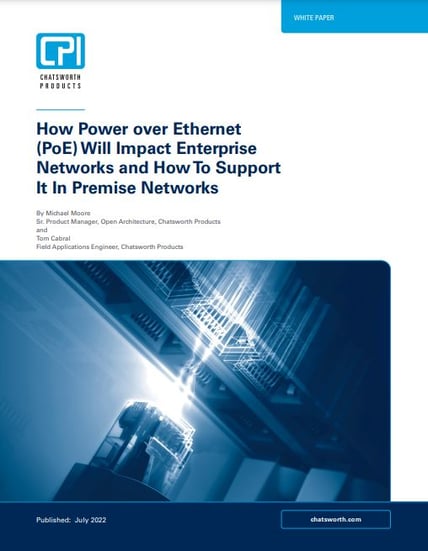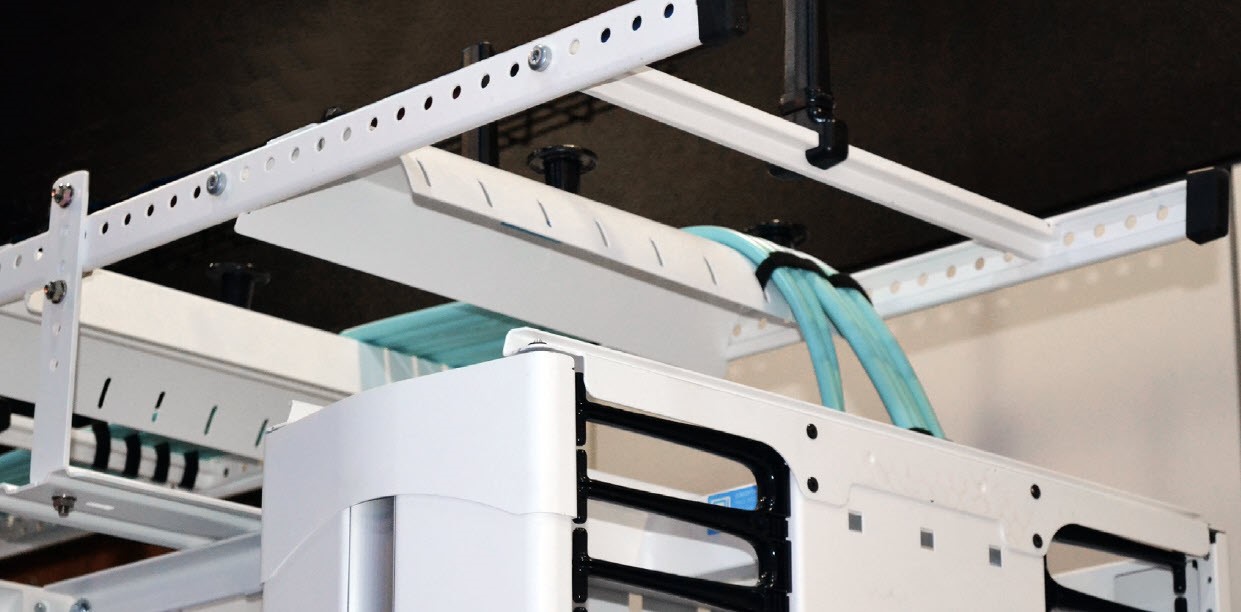In a recent July 2022 White Paper, ICT infrastructure experts from Chatsworth Products (CPI) put Power over Ethernet under a microscope, and discussed this particular technology's enormous impact on physical premise networks. Continue reading to learn how PoE has become instrumental in today's world of machine-to-machine connections.
Introduction
First, consider the facts that have been provided by our friends at Chatsworth as an introduction to their product research: According to the Cisco Annual Internet Report (2018-2023), a global analysis of digital transformation in business, machine-to-machine (M2M) connections have multiplied almost 2.5 times since 2018. In addition, nearly half of today's M2M connections consist of connected home applications, such as home automation, home security, video surveillance, connected appliances, and/or tracking applications.
This report a large piece of advice for network engineers, or anyone else in charge of the design and management of enterprise and premise networks, to heavily consider technology integration for their facility. Yet, supplying the availability and speed that business users expect nowadays is an increasingly daunting task. Upgrades and infrastructure improvements are essential to succeed. That's when PoE enters the stage, and makes her show-stopping debut.

Beyond 2003
PoE was born in 2003 as a simple concept: Power the same end devices that you're delivering network connections to, so that there's no longer a need for two separate plug-in connections. This would help with network upgrades, ensure a smoother, more reliable deployment, and enable PoE-powered systems.
Modern-day PoE can deliver up to 60 Watts of power to equipment, with some of the newest advancements pushing to 90-100 Watt. Higher PoE thresholds like this can easily power devices like:
-
Voice over Internet Protocol (VoIP) desk phones
-
Wireless access points (APs)
-
Basic security cameras
Enhanced PoE++ is even more impressive. Only several years old, it creates two additional types of power ranges, for 60 Watts and up to 100 Watts per connection. This incredible feature extends the possibilities of powering end devices such as:
-
High bandwidth APs
-
Pan-tilt-zoom security cameras
-
Access control systems
-
Internet of Things (loT) sensors
-
Large kiosk displays
-
Computers
There are countless benefits for enterprises to reap when it comes to modern-day PoE opportunities, but there's just one thing that CPI experts want us to remember.
PoE requires the most up-to-date advancements in cable management and equipment storage.
While there are countless benefits for enterprises to reap when it comes to modern-day PoE opportunities, it’s going to take a series of network upgrades and ICT infrastructure improvements. This can be achieved with the help of our knowledgeable Accu-Tech Representatives, and utilizing our deep-rooted relationships with manufacturer partners like Chatsworth Products.
How Support PoE++ in Your Premise Network
Switch to Fiber Cables
Chatsworth experts recommend that installers of newly structured cable management systems should consider either:
-
25 Gbps or 40 Gbps fiber
-
Category 8 F/UTP or U/UTP backbone and 10 Gbps Category 6A UTP or Category 8 F/UTP or U/UTP horizontal connections
Either way, they assure us that, under certain circumstances, regular Category 5e and Category 6 UTP horizontal cabling can support 5 Gbps network connections and PoE++.
Utilize Advancements in Equipment Support
-
Equipment racks
-
Overhead cable trays
-
Cable runway
-
Wall-mount enclosures
Also outlined in their white paper are the many modern advancements in cable management, which certainly seem to address the evolving needs of customers and users. Aligning transitions between vertical cable managers is easier and quicker now than ever before with the help of equipment racks and overhead cable trays. Solutions like cable runway, or ladder rack, allow the cross member position to be adjusted if/or when it interferes with the transition of cables (as shown below).
This kind of modern infrastructure is easy-to-use and tool-less. It makes pathing cable into the vertical manager a simpler task, with dividers included to separate each cable bundle within pathway. Improved cable management products allow for support placement exactly where it's required, and can easily separate cables to manage heat.
Another modern infrastructure solution are wall-mount enclosures (as shown below) can also provide improved security for network equipment in shared, public spaces.

New types of wall-mount enclosures increase security for IT equipment, and easily retrofit over existing equipment. They can be discretely placed in meeting rooms, or hidden in other kinds of spaces where stronger network connections are needed.
Nonetheless, Chatsworth experts make a point to remind installers: Look for enclosures that are UL Listed under the NWIN category, so that you know they meet the ANSI/UL 2015 standard for Audio/Video, Information and Communication Technology Equipment Cabinet, Enclosure and Rack Systems.
Assess to Progress
Ultimately, there are so many different new technologies available to you and your facility. Making upgrades and transitioning your premise network requires strategic decision-making, but it isn't something you have to do alone. Take one step at a time. First, assess your physical network, structured cabling, cable management practices, and physical security. This is part of the process of improving your space.
To learn more about these PoE-related advancements, be sure to read the full white paper here. Contact your local Accu-Tech Representative to learn more, or visit our Chatsworth Products Inc. vendor page.





.png?width=58&height=58&name=X_logo_2023_(white).png)
